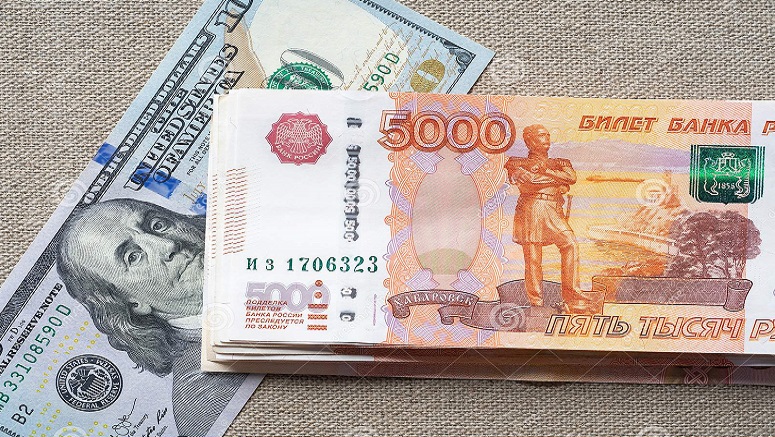Rouble Defies US Sanctions, Skyrockets 45% Against the Dollar in Stunning Reversal
The Russian currency just delivered a middle finger to Western policymakers—and the dollar’s dominance.
Sanctions? What sanctions?
While Washington’s financial war machine grinds away, the rouble has ripped higher like a crypto asset dodging regulation. A 45% surge against the greenback isn’t just a win—it’s a geopolitical mic drop.
How? Classic economic jiu-jitsu.
Capital controls, forced energy settlements, and a black-market premium turned the rouble into an accidental hedge. Meanwhile, dollar holders got the inflation stick—proving once again that fiat currencies are just faith-based tokens with better PR.
Closing thought: Maybe the real stablecoin was the friends we sanctioned along the way.
Rouble Wins, Dollar Falls: What’s Happening?

Despite the crushing sanctions that the US has imposed on Russia, the nation continues to defy odds, rising on the global and currency radar. Maneuvering the new payment systems and regimen, Russia’s ruble has emerged as one of the strongest currency contenders against the USD this year. The ruble has gained a new 45% upswing against the US dollar, and it has been crowned as the best-performing currency of the year.
Per the First Post rouble report, the recent spike in the ruble can be attributed to the Russian central bank’s disciplined monetary approach. While speaking about the ruble’s sturdy approach that has been dampening native exports, Russia’s central bank head, Elvira Nabiullina, asserted that a softer ruble will not be able to fight the rising inflation.
The aforementioned development has been a primary source that has been driving the value of the ruble up a notch. In addition to this, positive US-Russia grace talks and headwinds continue to add bullish and bearish flavors towards the currency.
Moreover, Trump’s tariffs have caused great distress to the US dollar, strengthening major currencies, including the ruble, against the US dollar.
USD Woes Seem to Be Never Ending
Trump’s plan to strengthen the US economy via tariffs has backfired, as the development took a significant toll on the US dollar. Trump’s consistent tariff sprees have led the dollar down this year, with the DXY index dipping as low as 99.3 this year. Moreover, countries have already started to explore USD alternatives, favoring Swiss franc and Chinese yuan-dominated transactions as of late.
Gold is also playing a pivotal role in spreading de-dollarization. The world banks have now started to compulsively hoard gold, considering it one of the safest hedge assets to protect their economies from the volatile US dollar.
At the current rate of US Dollar devaluation, Gold will make up 30% of Global Central Bank Reserves before 2030! pic.twitter.com/8xiocFOYIq
— Bald Guy Money (@baldguymoney) July 24, 2025
